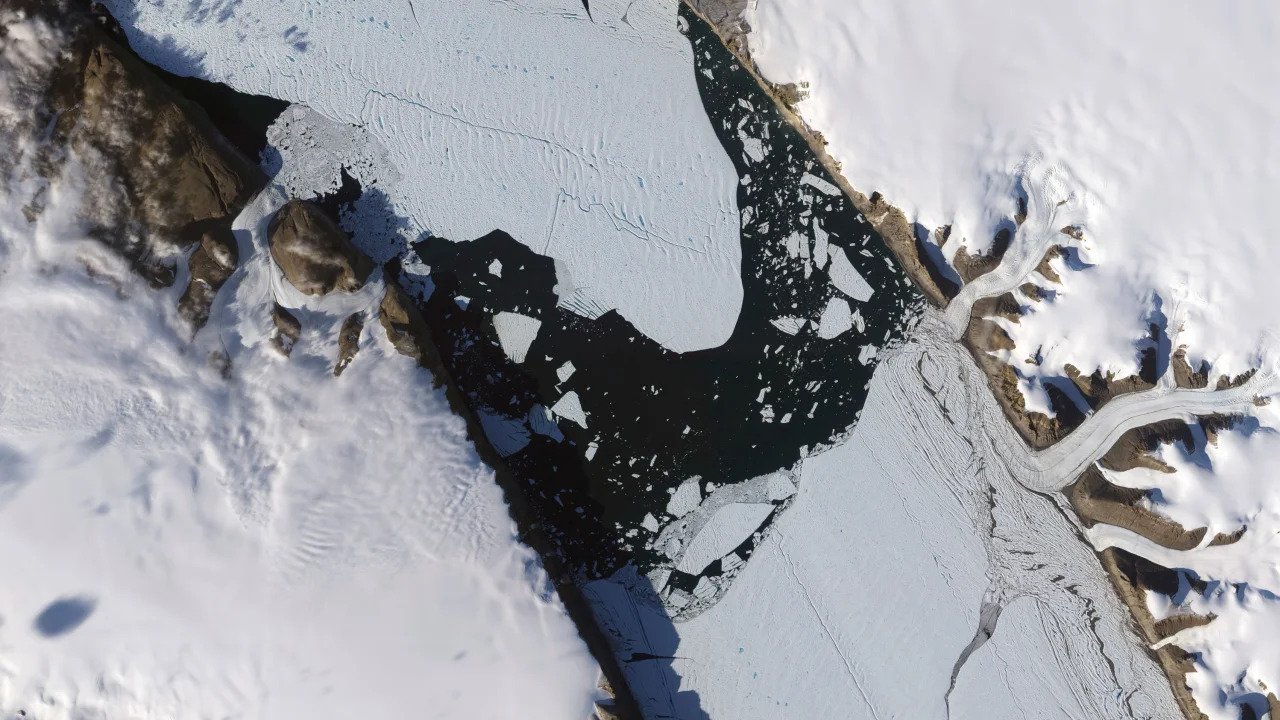According to a study, a significant Greenland glacier is melting away with the tide, which could indicate a rapid increase in sea level.
Source: https://edition.cnn.com/2023/05/08/us/greenland-petermann-glacier-melting-climate/index.html
Author: Brandon Miller
The group of glaciologists from the University of California, Irvine and NASA’s Jet Propulsion Laboratory published the study in the Proceedings of the National Academy of Sciences on May 8, 2023
Observations from the Petermann Glacier revealed that the glacier’s grounding line — the area where the ice sheet begins to extend out on top of the ocean — can shift significantly as tides come in and out each day.
Petermann’s grounding line “migrates between 2 and 6 kilometers (1.2 to 3.7 miles) as tides come in and out,” according to Enrico Ciracì, the lead author of the study and a scientist at UCI.
The phenomenon could worsen in the coming years and decades as ocean temperatures climb. CNN recently repod that sea surface temperatures were at their highest on record this spring — a spike that has alarmed scientists who are concerned it could be part of a worrying new trend.
The study raises more concerns for the already worrisome prospect of sea level rise, which threatens coastlines around the world. Greenland’s melting ice is the single largest contributor to sea level rise, according to NASA, which has been accelerating in recent years. But current projections do not account for this newfound contribution from under-ice interactions with warming tides.
“These ice-ocean interactions make the glaciers more sensitive to ocean warming,” said co-author Eric Rignot, a professor at UCI and NASA JPL research scientist, in a statement. “These dynamics are not included in models, and if we were to include them, it would increase projections of sea level rise by up to 200 percent – not just for Petermann but for all glaciers ending in the ocean, which is most of northern Greenland and all of Antarctica.”

